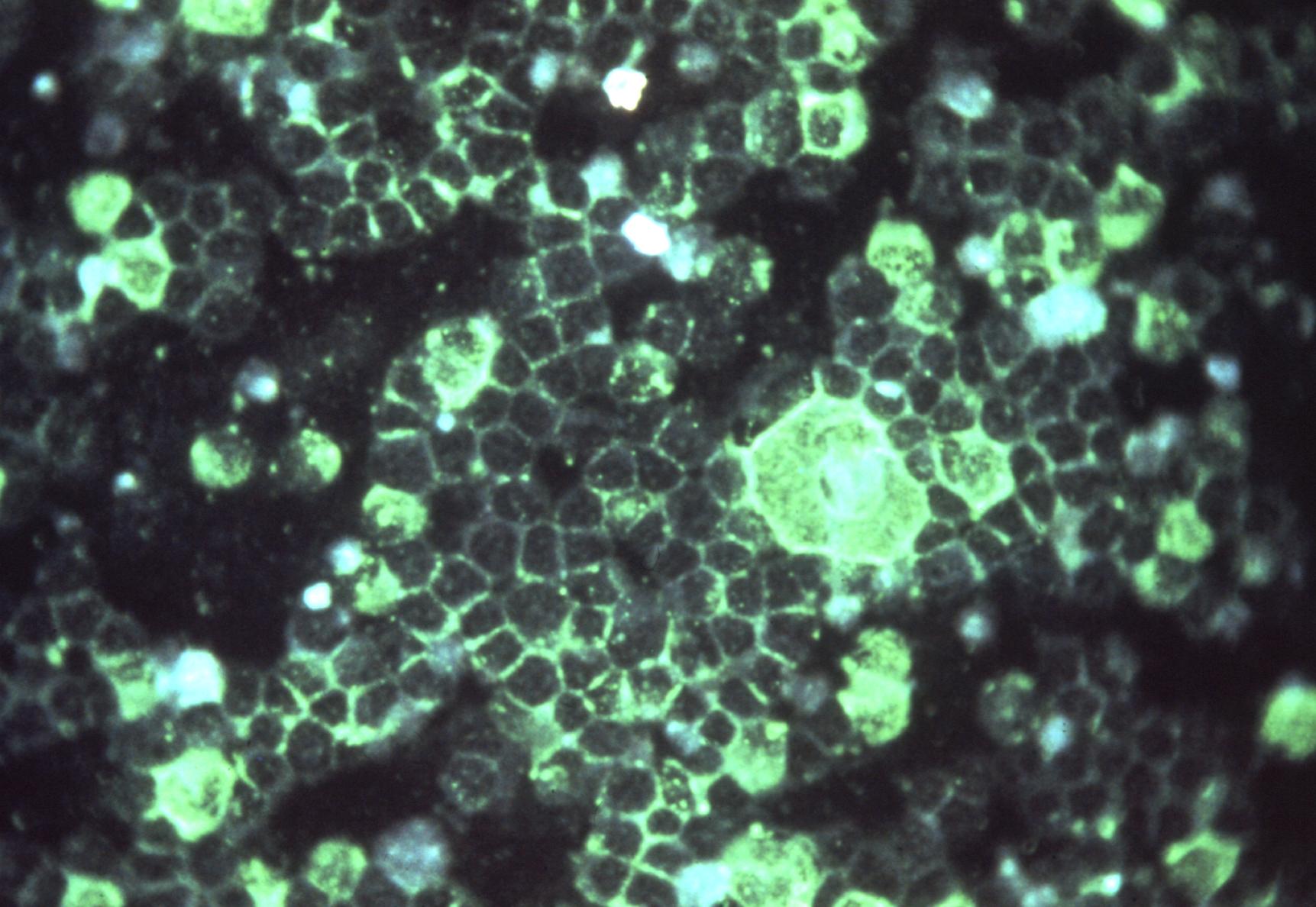Influence of respiratory syncytial virus F glycoprotein conformation on induction of protective immune responses
Human respiratory syncytial virus (hRSV) vaccine development has received new impetus from structure-based studies of its main protective antigen; the fusion (F) glycoprotein. Three soluble forms of F have been described; monomeric, trimeric prefusion and trimeric postfusion. Most human neutralizing antibodies (nAbs) recognize epitopes found exclusively in prefusion F. Although prefusion F induces higher levels of nAbs than post-fusion F, postfusion F can also induce protection against virus challenge in animals. However, the immunogenicity and protective efficacy of the three forms of F have not been hitherto directly compared. Hence, BALB/c mice were immunized with a single dose of the three proteins adjuvanted with CpG and challenged four weeks later with virus. Serum antibodies, lung virus titers, weight loss and pulmonary pathology were evaluated after challenge. Whereas low amounts of postfusion F were sufficient to protect mice, higher amounts of monomeric and prefusion F were required for protection. However, postfusion and monomeric F were associated with more pathology after challenge than prefusion F. Antibodies induced by all doses of prefusion F, and in contrast to other F protein forms, reacted predominantly with this protein conformation. At high doses, prefusion F also induced the highest titers of neutralizing antibodies and all mice were protected, yet at low doses of the immunogen these antibodies neutralized poorly and mice were not protected. These findings should be considered when developing new hRSV vaccine candidates.IMPORTANCE Protection against hRSV infection is afforded mainly by neutralizing antibodies which recognize mostly epitopes exclusively found in the viral fusion (F) glycoprotein trimer, folded in its prefusion conformation; i.e., before activation for membrane fusion. Although prefusion F is able to induce high levels of neutralizing antibodies, the highly stable postfusion F (found after membrane fusion) is also able to induce neutralizing antibodies and protect against infection. In addition, a monomeric form of hRSV F that shares epitopes with prefusion F was recently reported. Since each of the indicated forms of hRSV F may have advantages and disadvantages for development of safe and efficacious subunit vaccines, a direct comparison was made of the immunogenic properties and protective efficacy of the different forms of hRSV F in a mouse model. The results obtained show important differences between the noted immunogens that should be borne in mind when considering development of hRSV vaccines.
